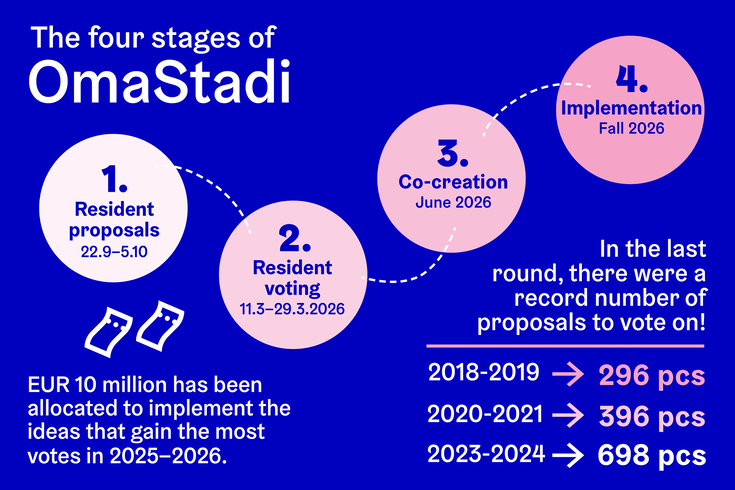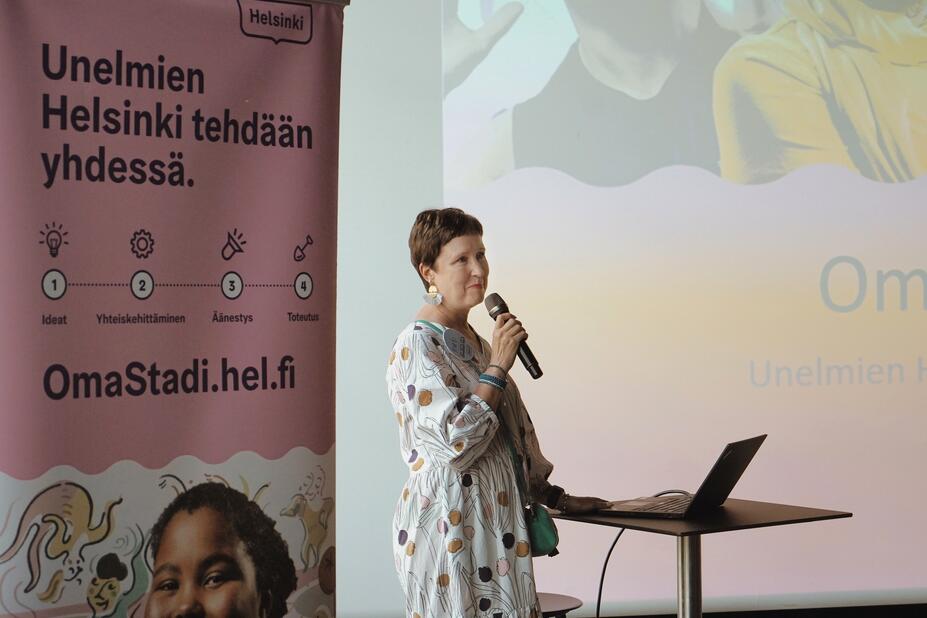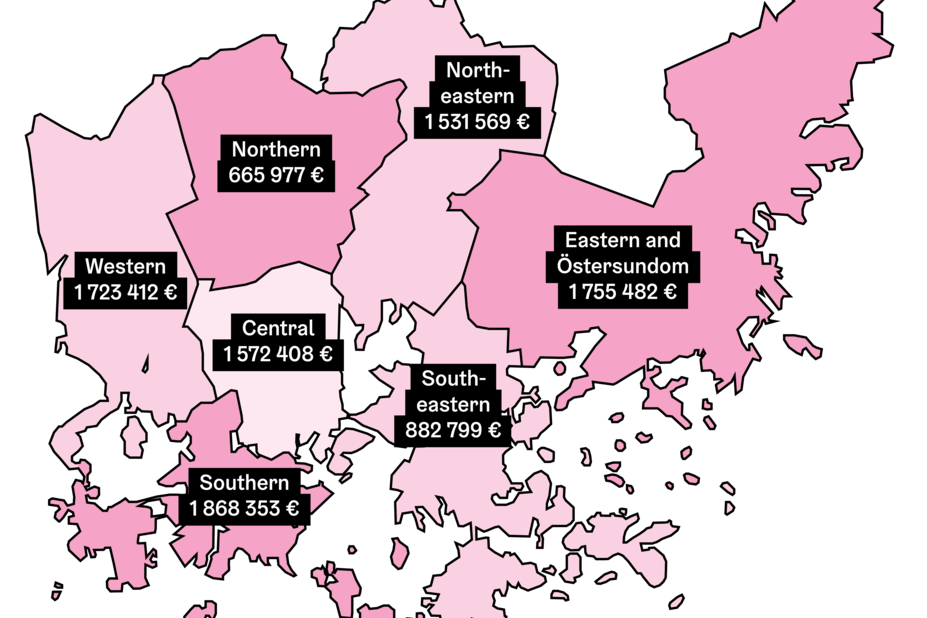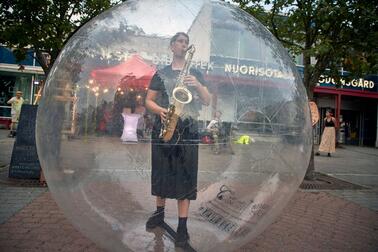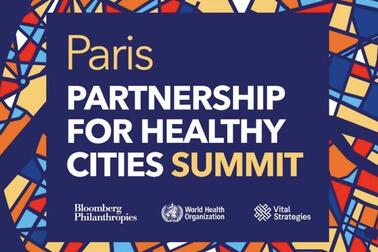Information available in seven languages
Helsinki residents have praised the OmaStadi participatory budgeting initiative for increasing the exchange of information and enhancing their sense of community. Participants in the initiative’s workshops reported that work on the proposals allowed them to meet new people and be introduced to different points of view.
”The workshop feedback we received noted that while discussions on social media tends to fall into familiar ruts, when residents sit down face-to-face to discuss issues in their area, the discussion tends to stay constructive. OmaStadi contributes to creating and maintaining a shared understanding of our city. It fosters community spirit, and this is no small thing,” Verkka said.
One of OmaStadi’s goals is to include representatives from as many different groups of residents and associations as possible. That's why information has been made available on different channels in seven languages. There is also no requirement that people be Finish citizens in order to vote, said Titta Reunanen, the City of Helsinki’s Partnership Manager, who also participates in OmaStadi work.
She explained how OmaStadi works closely with many kinds of organisations, so information about the participatory budgeting initiative can spread to as many groups of residents as possible and activate them to help develop the city. Now, if voting activity in one district is lower than in others, the city steps up its cooperation with the local associations in response to this.
More ways to participate and have an influence
Helsinki inhabitants have several other options alongside OmaStadi when it comes to participating in city decision-making and having an influence. Residents are always free to submit a local resident’s initiative, provide feedback on the city's activities and voice their opinion on city planning, as well as attend mayor's resident evenings and vote in municipal elections.
The City of Helsinki also works to connect city workers with the wishes and needs of the capital’s different neighbourhoods. This is partly ensured by the city’s borough liaisons, a team of outreach professionals who were hired to interface with residents in each of the city’s major districts. The liaisons also promote cooperation between local residents and organisations in the area.
All residents over the age of 13 are eligible to vote on OmaStadi proposals, but in addition to this, young people can make a difference at their school, for example, with the help of the Youth Budget, initially known by the name of RuutiBudjetti.
Many schools utilise the OmaStadi participatory budgeting initiative when instructing their students about different kinds of civil engagement and participation. It is an effective way for Helsinki residents to have a wide-ranging influence in the working of their hometown.

